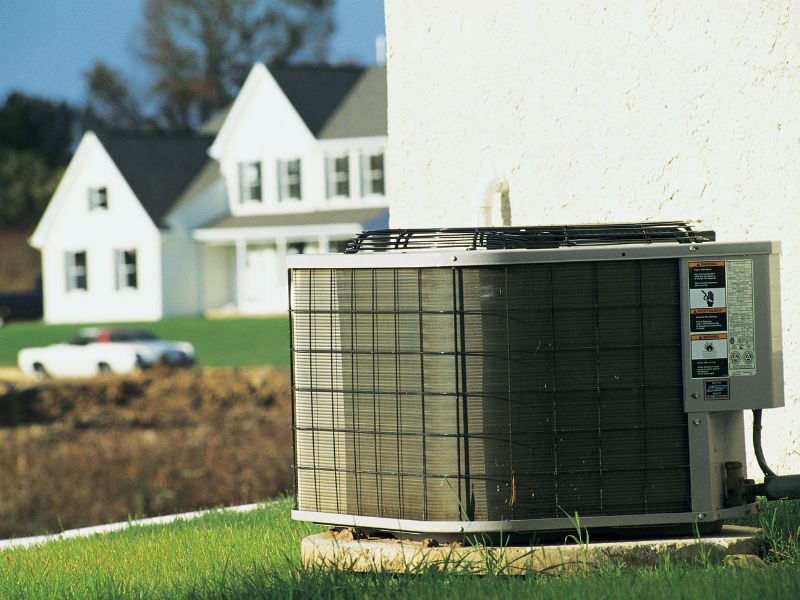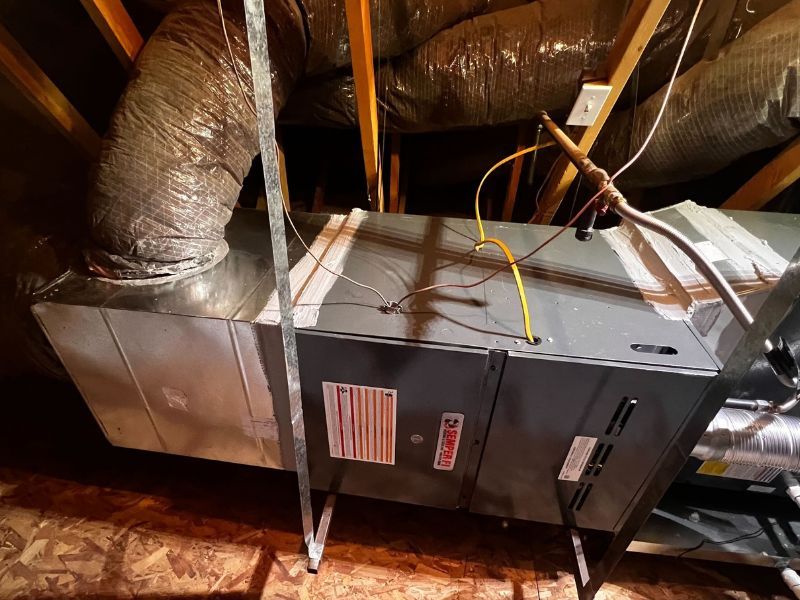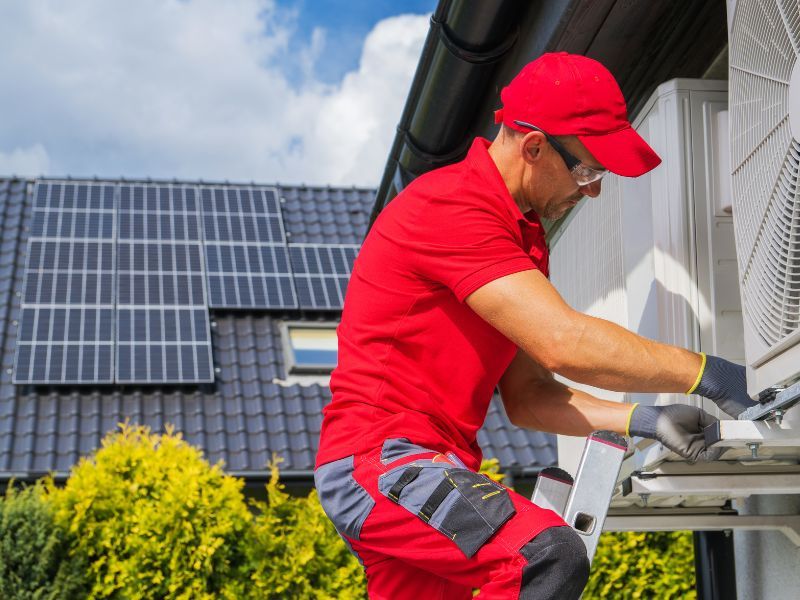What Is Ventilation?
Ventilation is the process of supplying fresh outdoor air to indoor spaces while removing stale air, odors, and pollutants. It plays a vital role in maintaining indoor air quality and ensuring proper circulation.
Historically, ventilation involved natural methods like opening windows and creating cross-ventilation. With the rise of more tightly sealed buildings for energy efficiency, mechanical ventilation systems became necessary to ensure a healthy indoor environment.
Modern ventilation systems utilize fans, ducts, and filters to exchange air and control its quality. Systems can be designed to recover heat or energy from outgoing air, improving overall efficiency.
People Also Ask About Ventilation:
How often should I change the filters in my ventilation system?
Ventilation system filters should typically be replaced every 3 to 6 months, but frequency depends on factors like filter type, outdoor air quality, and system usage.
Can ventilation help reduce indoor allergens?
Yes, proper ventilation can help reduce indoor allergens by exchanging stale indoor air with fresh outdoor air. However, using air filters and maintaining indoor cleanliness are also crucial.
What is heat recovery ventilation (HRV)?
HRV is a ventilation system that recovers heat from outgoing air and transfers it to incoming fresh air, reducing energy loss during ventilation.
HVAC System Cost & HVAC Reviews
Related Pages
Categories


